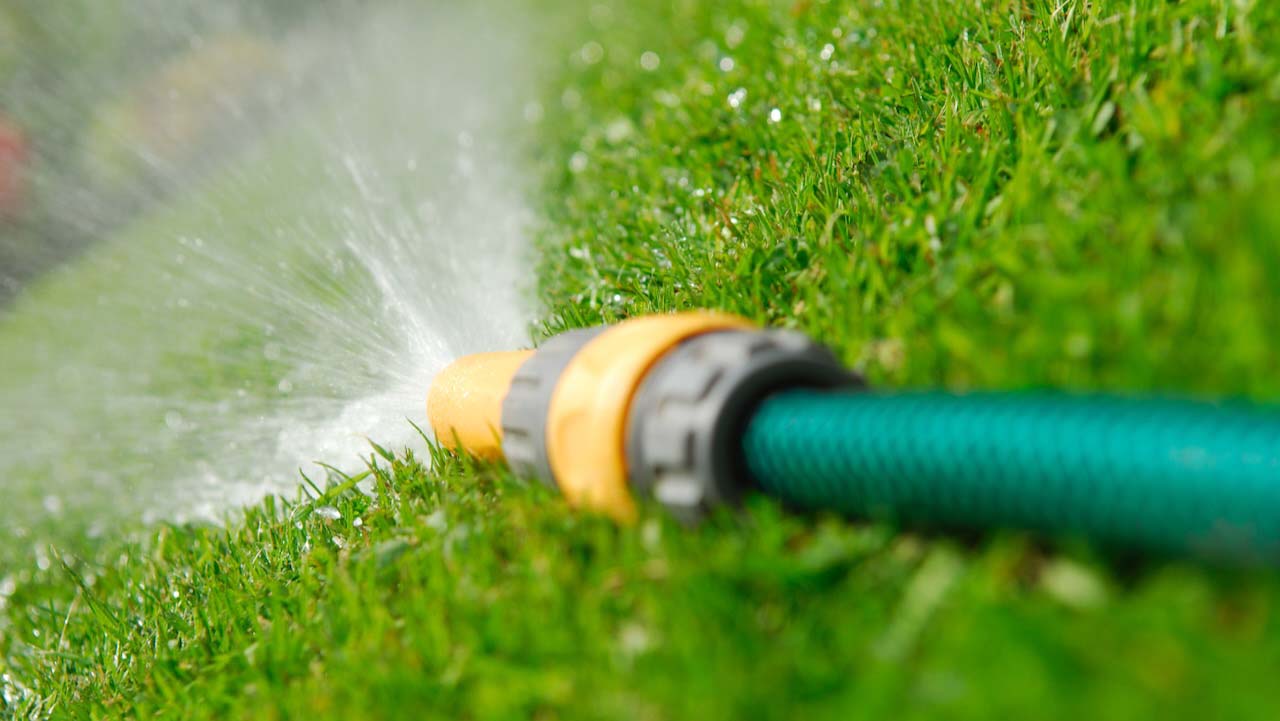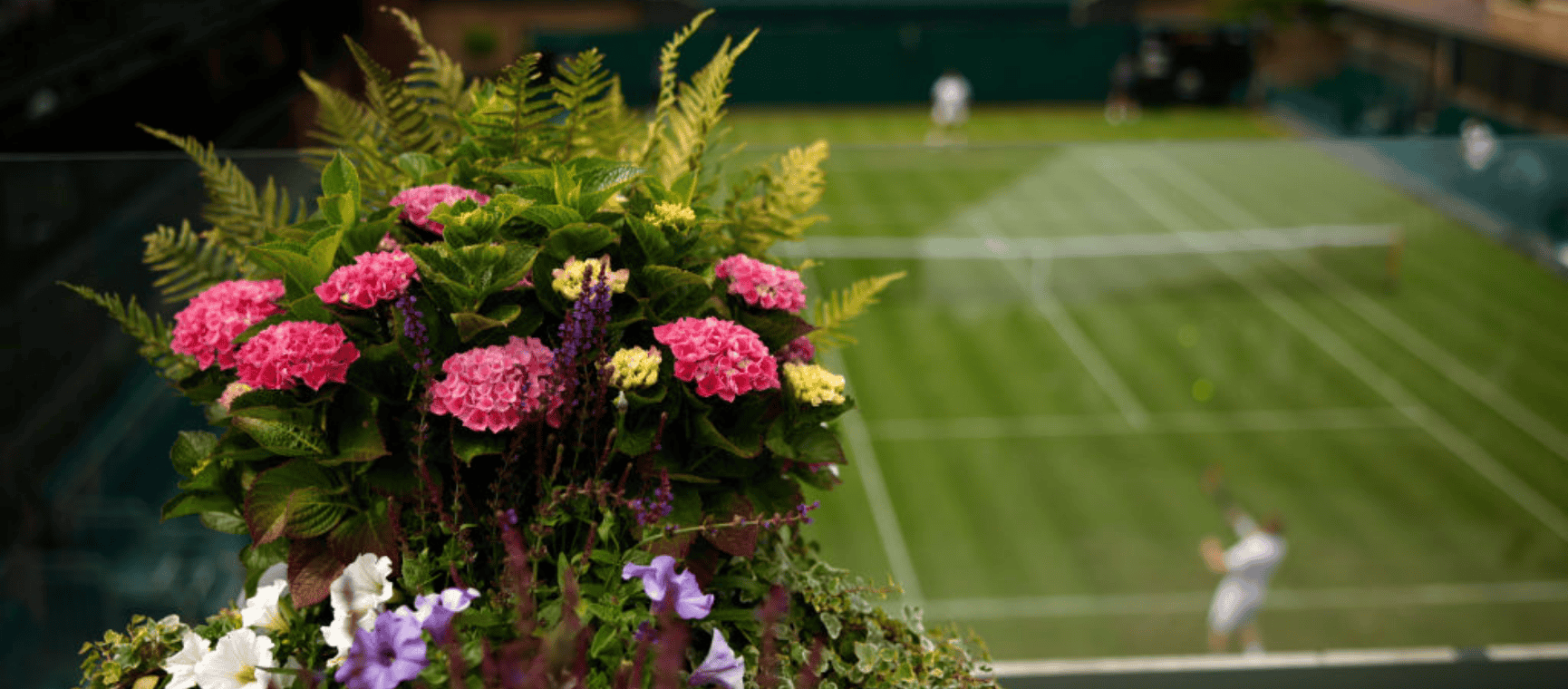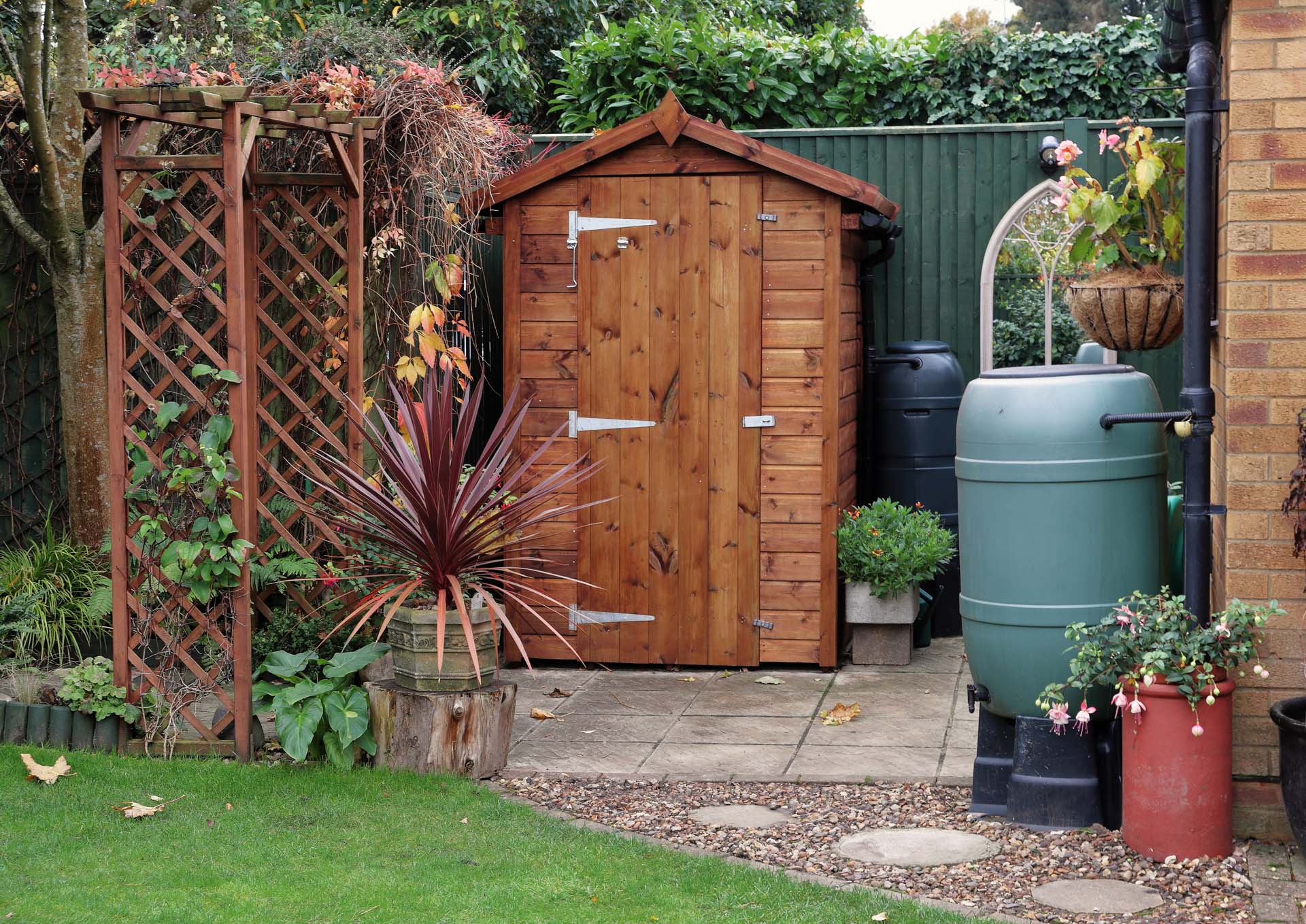How to plant grass seed successfully
We explain how to sow grass seed, with tips on which type of grass seed to choose and how to ensure it grows.

We explain how to sow grass seed, with tips on which type of grass seed to choose and how to ensure it grows.

Spring or autumn are the ideal times to inject some love into our lawns. Chris Bonnett, founder of Gardening Express, says if you want a lush and healthy-looking lawn for summer, “March through May is the optimal period for grass seeds to germinate”.
This is because there’s plenty of moisture in the ground thanks to the seasonal wet weather, and the soil is no longer frozen. Usually, the average temperatures are warm enough to help grass seeds to germinate, too.
Bonnett notes that early autumn also provides these ideal weather conditions for sowing grass seeds. Once you know what grass seed is right for your garden, planting grass seed is a relatively easy task – though you’ll have to be a little more patient to see the results.
Though some people may want to lay turf instead of growing grass from seed, it’s much more expensive and labour-intensive. Seed is usually the more environmentally-friendly option, too.
Though you might not like the look of bald patches in your lawn, turning a blind eye to the odd one here and there might help to encourage wildlife to your garden.
This is because ground-nesting bees often call these spots home.

Before we explore how to plant grass seed, it’s essential that the correct type of seed is sown. This will often depend on how hard-wearing you need your grass to be.
You may also need drought-tolerant seeds or want grass that is particularly easy to care for. Always read the seed types contained in each packet before you buy.
Sunny and shady areas may also need different types of seed; however, B&Q says the difference between two types of grass can look obvious once it’s established. To make this less noticeable, it advises seeding the bridging area (where the shady and sunny areas meet) with a mixture of the two seeds.
Clear the space you’ll be sowing with grass seed and make sure to dig out all the roots of weeds (weedkiller will interfere with the new grass you’re planting, so avoid if you can).
Depending on the patch size, dig over with a hand fork, rake or powered cultivator.
The RHS recommends adding well-rotted manure or homemade compost to light, fast-draining soil to help retain moisture.
B&Q says that if the area is prone to waterlogging, sharp sand can be added as this will aid drainage. The longer you can then leave this soil to settle, the better – though if you’re only mending a small patch of lawn, you can move straight on to step 3.
Once the area has settled and any additional weeds have been cleared, firm up the soil by shuffling over it wearing shoes (or wellies). Take tiny steps in all directions.
Next, rake over the soil to create a smooth surface, ideal for planting your grass seeds on to. The RHS suggests you can also rake in some general-purpose fertiliser at this point, at a rate of 70g (2oz) per sq m (sq yd).
After raking, ensure nobody walks on this area.
If overhanging plants or a slipped foot has damaged the usually neat line of your lawn along a border, then Alan Titchmarsh has a quick fix for you.
He suggests that you use a spade to cut a square of lawn around the damaged area. Carefully lift up the patch of turf you’ve created, then turn it around so the neat inner edge replaces the damaged edge on the outside.
Then, use soil from the plant bed to fill in the gap (which should now be forming a damaged patch further into the rest of the lawn). Cover the patch with a handful of grass seed and lightly rake or fork it in, and water.
Titchmarsh says it won’t be long before the patch recovers and you won’t be able to see the join.
If you’re sowing a large area, work methodically in squares to ensure even coverage. This can be marked out with string or canes.
Spread the seed as per the instructions on the packet (taking care to stick to weight and area) and work your way logically around the specified area. When you’re done, lightly rake in the scattered seeds.
The Lawn Association recommends the seeds should sit 1-3mm (less than one-tenth of an inch) under the surface:
“Bury them too deep and they will take longer to germinate,” it says, “or too shallow and the seed will be prone to drying out or being eaten by birds.”
Overseeding may cause the grass seeds to die as they won’t be able to germinate properly. Make sure you sow on a dry, non-windy day.
To help germination, water your new seeds - especially if the weather is dry. Don’t overwater them, as this will dislodge the seeds from their ideal depth in the soil.
The advice on watering newly-sown grass seeds differs. Depending on the weather, the Lawn Association advises a 1m x 1m square should have 15-30 seconds of water every two to eight hours, depending on how warm the weather is. If you’re unsure, and rain isn’t forecast, a good rule to follow is a light sprinkling of water each day until the seeds are established (usually within 7-10 days).
Don’t create any puddles or cause the seeds to move around and they should settle in nicely.

Once the seeds have been sown, you may need to take extra steps to protect them from peckish birds.
The RHS recommends horticultural fleece (a lightweight, breathable fabric) for this, which will also keep the soil warm. Some organisations suggest feeding your new lawn seeds with fertiliser to ensure successful germination.
It’s important that you mow your lawn higher than usual (this is important if you’re just fixing a few patches). The Lawn Association says this allows the new seedlings a better chance to absorb more food and water as they establish and becomes stronger.
If your lawn is looking a bit tired and fragile after winter, it may be that all it needs is a little TLC, rather than re-seeding. MyJobQuote’s gardening expert Fiona Jenkins shared her top tips with Exceptional to fix a brittle lawn in time to enjoy it in the summer months:


Autumn lawn care tips: how to scarify, aerate and over-seed your grass.

Discover ten easy ways to get rid of weeds naturally while protecting the ecosystem.

You may think you're doing the right thing, but this lawn-watering mistake could be fatal

If you love the beautiful planting on display at Wimbledon, check out these winning tips from head gardener Martyn Falconer

We explain how to sow grass seed, with tips on which type of grass seed to choose and how to ensure it grows.

Keen to save water but not sure how to fit a water butt? We make it easy with this step-by-step guide.

Love your garden, but don’t have enough time to look after it? We’ve got many ideas to reduce your work load.

We explore the benefits and downsides of installing artificial grass in your garden, with advice on whether or not it’s safe for pets.

Expert advice on how to plant beautiful flowering perennials for a long-lasting herbaceous border in spring, summer and autumn.